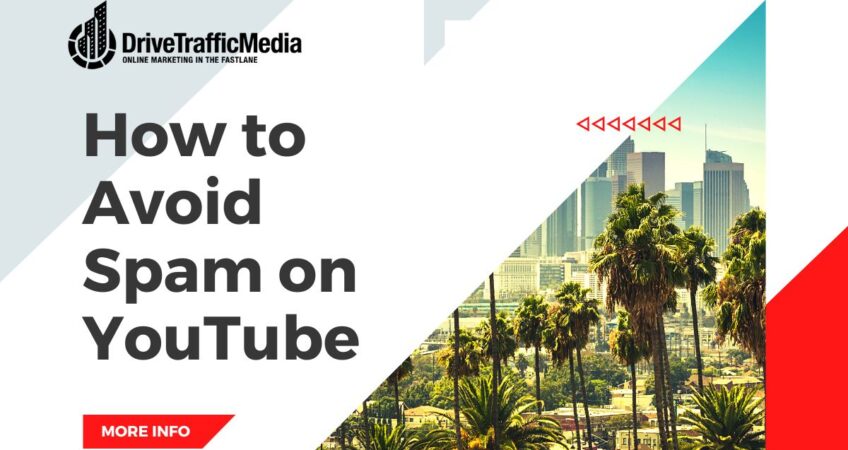
The Types of Video Spam on YouTube
Advertising on YouTube is a highly effective strategy that can take your brand to new heights. Firstly, you’ve got access to over a billion users in the YouTube community—you can quickly gain new customers if you know how to throw your name out there.
Secondly, while it may be hard to get started, you’re not at a total disadvantage. YouTube is free for all, and unlike on TV, you don’t have to pay good money for advertisements like hotshot brands with celebrity endorsements do to promote your brand.
With that said, it’s easy to see why people love marketing on YouTube and why it’s so vulnerable to malicious business practices. Every year, YouTube changes its algorithm and employs more moderators to combat video spam. Any channel that participates in spam gets a one-way ticket to a permanent ban.
You really wouldn’t want that to happen now, do you? You’ll want to know what constitutes video spam and how to avoid it.
As an SEO company in Los Angeles, we’ve compiled a list of the six types of video spam on YouTube.
Video Spam
Video spam involves fooling viewers with grand and usually fake promises.
Examples of these include:
- promising cash or gifts if they watch their videos
- good content that viewers think is in the video but is off-site
- leading people to off-site websites that steal their information or spread malware
YouTube values the viewer’s customer’s safety and experience above all, and they can’t do that if the viewer isn’t actually on their site. The company has plenty of moderators flagging any video to lure unsuspecting people into danger.
Video spam can also be posting low-quality content.
Examples of these are:
- posting duplicate content across multiple channels
- stealing content from another medium and claiming it as yours
- uploading auto-generated content that has little to no value for viewers
Keep in mind that these aren’t the only examples of low-quality content. Always upload content that’s different from your other videos to prevent video spam. Also, consider adding a watermark so others users can’t steal your work.
Misleading Information and Thumbnails
As a content creator, you’ll want your title, description, and thumbnail to be relevant to your content. If your video looks like an interview with Beyonce but is an infomercial of your product, then you’re lying to the viewers. That won’t get you far at all and will probably make many Beyonce fans angry.
Scams
There are several ways scams can manifest on YouTube.
Scams could be videos that exaggerate. Think, “You can lose 50 pounds in one day with this technique!”, “This is a surefire way of curing your cancer!” or “Here’s a miracle skin product that’ll eliminate all your wrinkles!”
Scams on YouTube can also be online versions of annoying high school friends who’ve gotten themselves into pyramid schemes and are now trying to get you in. You don’t need to pay an exorbitant fee to get a job, so report any video that promotes pyramid schemes or any scam in general.
A good rule of thumb with these videos is that if it seems too good to be true, it probably is.
Incentivization Spam
People who participate in incentivization spam sell their likes, comments, and subscriptions for money.
These include comments that ask for a subscription for subscribers, channels that promise thousands of subscribers and offer no other valuable content, and videos that sell likes.
Comment Spam
Comment spam is spam posted on other people’s channels. As you can guess, they’re usually found in the comment section, especially on popular videos where it’s harder for them to get deleted. Chances are that you’ve already seen some of these floating around, like:
- comments with links to sketchy external sites that spread malware or phish information
- comments with links to other video platforms with content banned from YouTube
- comments with links to a personal channel
- words that ask people to check out their channel and nothing else
- comments that advertise a product or service
Luckily, they’re much easier to ignore than the others on this list.
Livestream Abuse
Livestream abuse is adding content that isn’t yours. This applies to everything outside YouTube, including live streaming a TV show or movie or adding full copyrighted songs as background music.
Conclusion
YouTube cracks down hard on spammy content, so it’s best to avoid them altogether.
Besides, you don’t have to resort to such tactics to get views on your videos. Research on YouTube’s algorithms has shown that viewer satisfaction is the most significant ranking factor, so focus on putting out high-quality content and learn helpful video SEO techniques, and you’re good to go!


